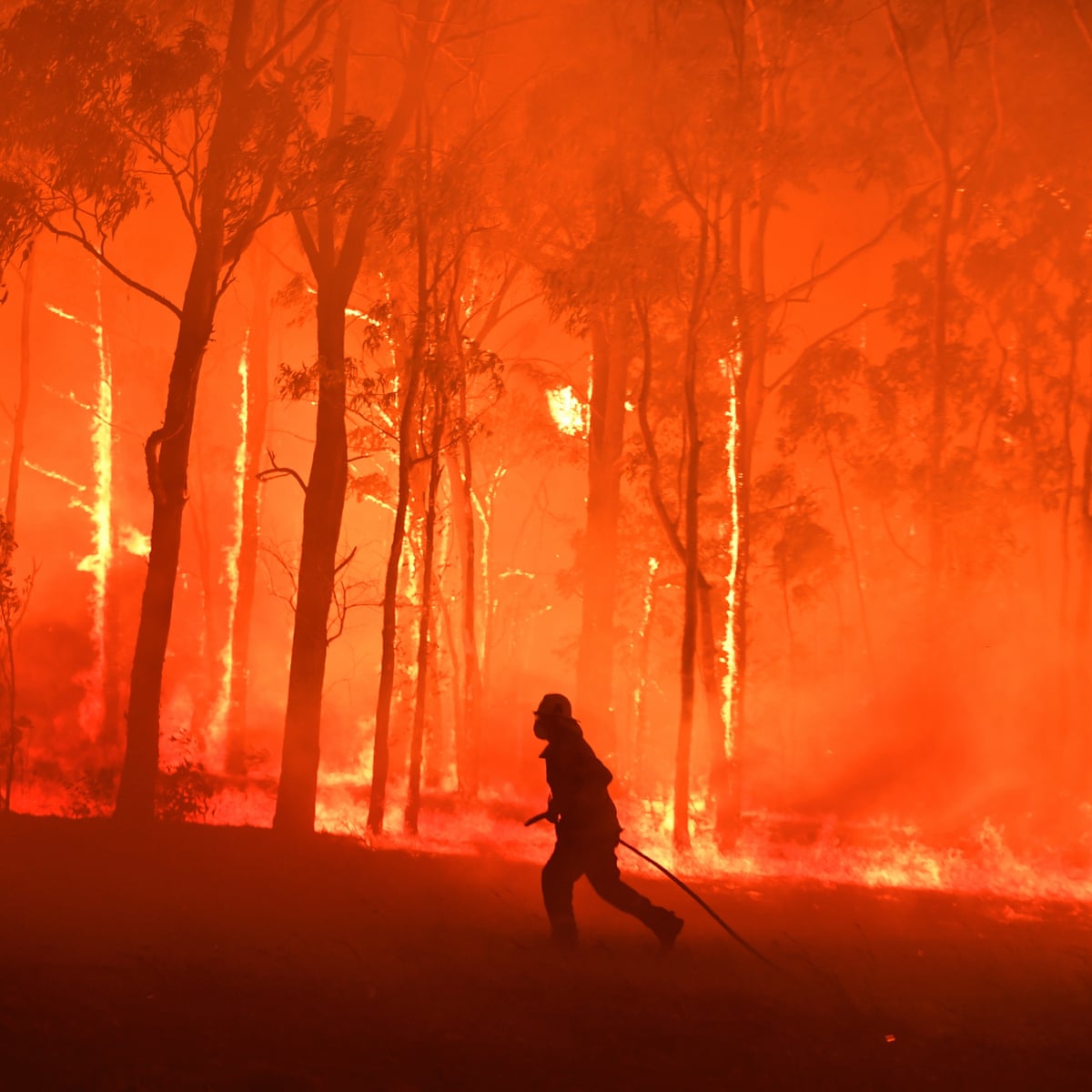Opening the Tricks of Bushfire Danger Evaluation: The Function of a BAL Report
Opening the Tricks of Bushfire Danger Evaluation: The Function of a BAL Report
Blog Article
Exactly How BAL Record Impacts Bush Fire Security Procedures
In the realm of bush fire security, the Structure Strike Degree (BAL) record stands as a vital tool that considerably affects the safety and security and resilience of residential properties in fire-prone locations - BAL Report. The influence of a BAL assessment extends far past mere documents; it acts as the keystone for figuring out the appropriate building requirements and fire security actions needed to reduce the dangers presented by bushfires. As areas grapple with increasingly severe fire seasons, comprehending just how the BAL record forms these safety actions ends up being vital for policymakers, builders, and home owners alike
Understanding the Bushfire Attack Degree

Relevance of BAL Record Analysis

Furthermore, the BAL record assessment functions as a foundational action in abiding by legal responsibilities and needs connected to bushfire defense. Local councils and authorities usually mandate the entry of a BAL record as component of the preparation and structure approval process to ensure that buildings are properly safeguarded versus bushfire dangers. Failing to carry out a thorough BAL report analysis can cause poor defense measures, leaving buildings at risk to ruining bushfire events.
Building Requirements Based on BAL
A detailed understanding of the Bushfire Assault Level (BAL) makes it possible for building proprietors to carry out building requirements tailored to their particular risk account. Building and construction requirements based on BAL are essential in alleviating the effect of bushfires on residential or commercial content properties. The BAL rating classifies the possible risk a residential or commercial property faces throughout a bushfire on a range from BAL-Low to BAL-FZ (Flame Area)
Applying Fire Security Measures
With the structure of building standards based upon Bushfire Assault Level (BAL) in position, the focus currently changes towards the useful implementation of fire security measures to strengthen properties versus bushfire threats. Executing fire protection actions includes a mix of passive and active techniques to improve the strength of buildings in bushfire-prone locations. Passive actions include making use of fire-resistant structure products, installing cinder guards on vents, sealing spaces in roofs and wall surfaces, and preserving a clear room around the residential or commercial property devoid of flammable greenery. Active steps incorporate having firefighting equipment easily offered, such as hose pipes and water pumps, along with creating a defendable area around the property by removing vegetation and having a well-kept yard. In addition, developing an emptying plan and making certain all locals are conscious great post to read of emergency situation procedures are critical elements of efficient fire defense measures. By integrating both passive and active methods, properties can substantially minimize their susceptability to bushfire occurrences and enhance the safety and security of passengers.
Safeguarding Residences Versus Bushfires
Successfully protecting homes against the destructive impacts of bushfires calls for a aggressive and extensive technique to fire protection actions. In addition, securing vents and spaces to protect against cinder invasion, Check Out Your URL as well as integrating fire-resistant doors and windows, can aid strengthen the home's defense against bushfires. By welcoming a proactive position and incorporating these protective measures, homeowners can significantly increase their opportunities of securing their homes against bushfires.
Verdict
In final thought, the Bushfire Strike Level (BAL) record plays a crucial function in identifying the essential protection procedures against bushfires. Executing fire defense measures based on the BAL report is essential in securing buildings from prospective bushfire dangers.
In assessing bushfire risk to homes, recognizing the Bushfire Attack Level (BAL) is an important part for implementing effective security procedures. On the whole, a clear understanding of the Bushfire Strike Degree is essential for implementing ample protection steps and reducing the influence of bushfires on properties.

Report this page